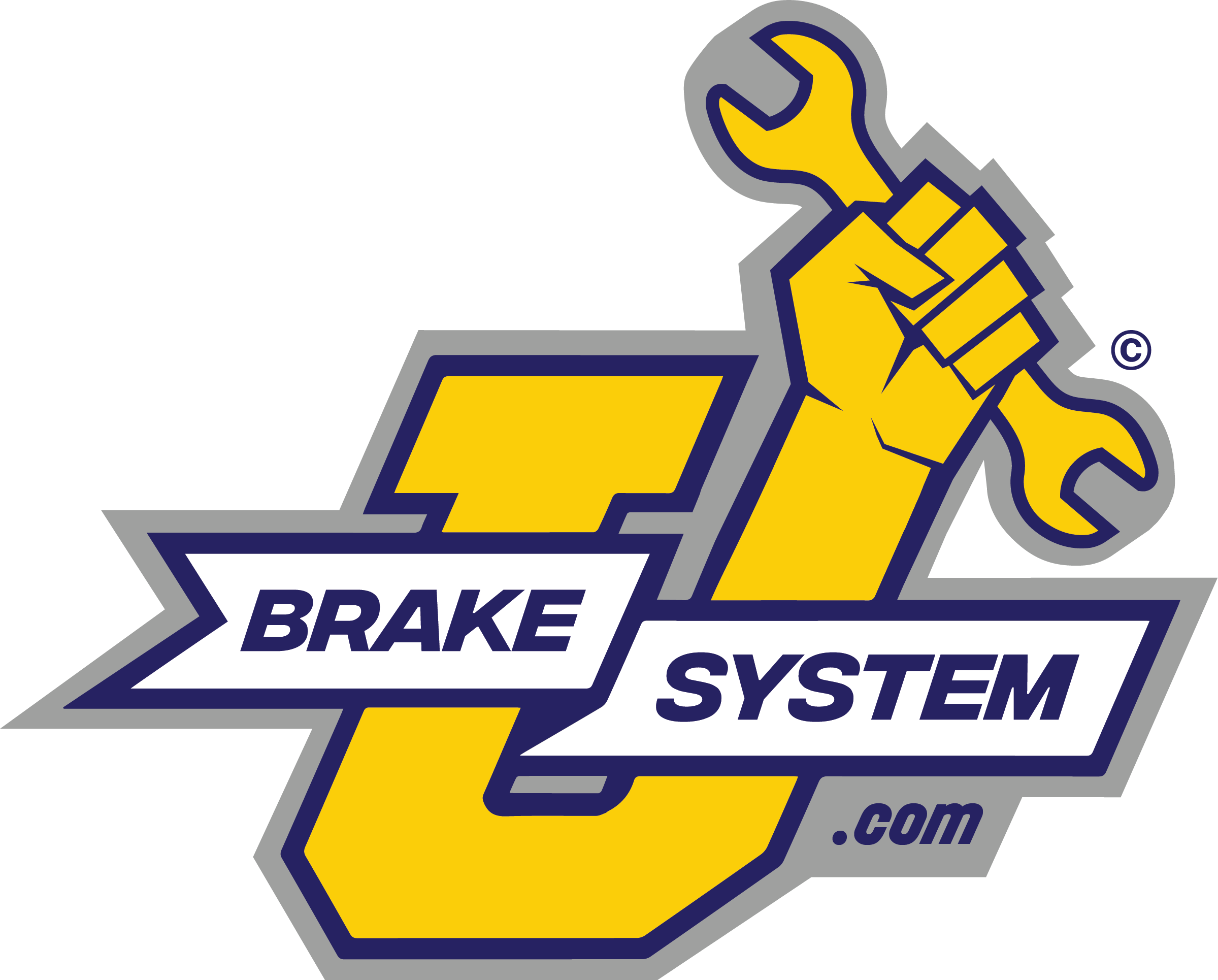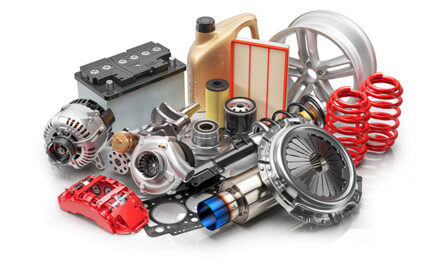If you ever find yourself in a situation on the road where you need to come to an abrupt stop, you will be quite thankful for your vehicle’s anti-lock brake technology. This brake design empowers drivers to quickly apply the brakes without the wheels locking up. If modern-day vehicles did not have anti-lock brakes, the wheels would lock amidst a hard brake, and vehicle steering control would be lost. Though most people are aware that today’s vehicles have anti-lock brake technology, there is a general lack of understanding about how, exactly, this technology works. Below, we explain how anti-lock brakes function to prevent potentially deadly accidents on the road.
The Basics of Anti-lock Braking Systems
Nearly every single vehicle on the road has anti-lock brakes controlled by a microprocessor. This technology makes it possible to reapply the brakes over and over again, all the way up to 25 times per second in order to prevent the vehicle from skidding. Instead of pumping the brakes in a repeated fashion, anti-lock braking systems do the work for the driver in a much more efficient manner. All the driver has to do is press the brakes and the anti-lock braking technology will do the rest of the work.
This braking technology is centered on the application of cadence braking that determines when wheels are poised to lock. The brake is released at the wheel and subsequently reapplied. All in all, this braking system has three distinct parts: one that determines when the wheel is set to lock, one that releases the brake, and another that restores pressure to the brake line upon release. This technology makes it possible to stop the vehicle without the driver constantly relinquishing and subsequently reapplying pressure to the brake pedal.
Measuring Wheel Speed Every Single Second
Anti-lock brakes determine when wheels are on the verge of locking in several ways. Wheel speed can be compared to gauge which one is set to lock up. Furthermore, the rate of the slowdown is also measurable. The hydraulic pressure applied to the brake can be released in both situations if the deceleration is significant. Anti-lock brake technology has advanced to the point that computerized electronic systems speed-check the four wheels against one another. This technology also conducts a double-check through monitoring the rate of deceleration as well. Other anti-lock brake systems rely on mechanical sensors to determine when wheels slow faster than they should.
Additional Components of Anti-lock Braking Systems
Anti-lock brakes are also dependent on valves to regulate air pressure directed to the brakes as braking occurs. Valves are positioned within the brake lines. The brake valve is open in the initial position, ensuring pressure can move from the master cylinder to the brakes. The brake valve in the second position stays closed while pressure from the master cylinder is prevented from reaching the brakes. The valves’ third position releases some pressure along with the brakes until the vehicle reaches a stop.
Anti-lock brakes are also dependent on a hydraulic control unit that provides signals from the electronic control unit so the brakes can be released. The electronic control unit is best described as an electronic device that receives, enhances, and filters sensor signals to determine wheel rotation speed as well as acceleration. This device receives signals from sensors within a circuit in order to control brake pressure in accordance with data analysis. Hydraulic pressure is increased to control the brakes after signals are transmitted by the hydraulic control unit.










